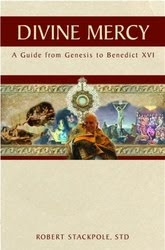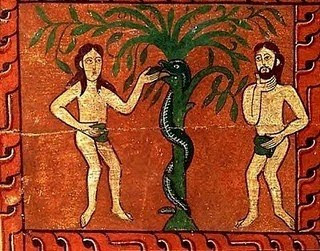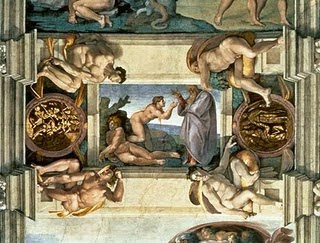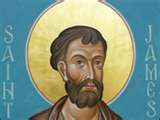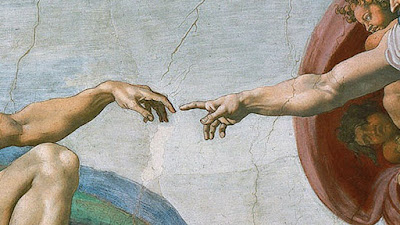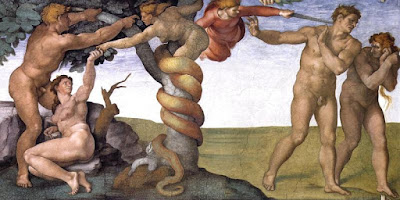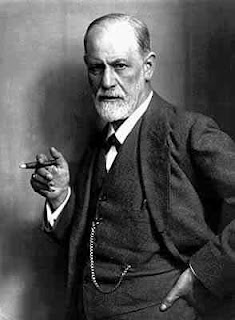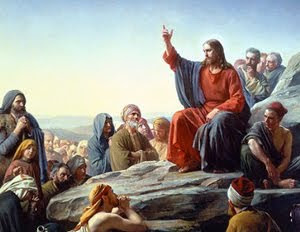The Temptation, Kings, Nuns and Priests
John Bergsma From the Sacred Page website: The Gospel reading for the first Sunday of Lent is the temptation of Christ in the desert according to Luke. Christ is tempted in three ways: through his physical desires (hunger for food), through his eyes (being shown all the glory of the kingdoms of the world), and through the temptation to pride (to stage a magnificent stunt that would win him fame throughout the nation). This threefold temptation of Christ corresponds to St. John’s warning about the “lust of the flesh, lust of the eyes, and the pride of life” in 1 John 2:15. This threefold categorization has been known in the Church as the “threefold concupiscence,” the unholy Trinity of temptation. Eve was tempted in the same way. She saw that the fruit was “good for food, pleasing to the eye, and to be desired to make one wise.” “Good for food” is lust of the flesh. “Pleasing to the eye” is lust of the eye. “Desired to make one wise” is a temptation to pride—Eve wants to be wise like G

